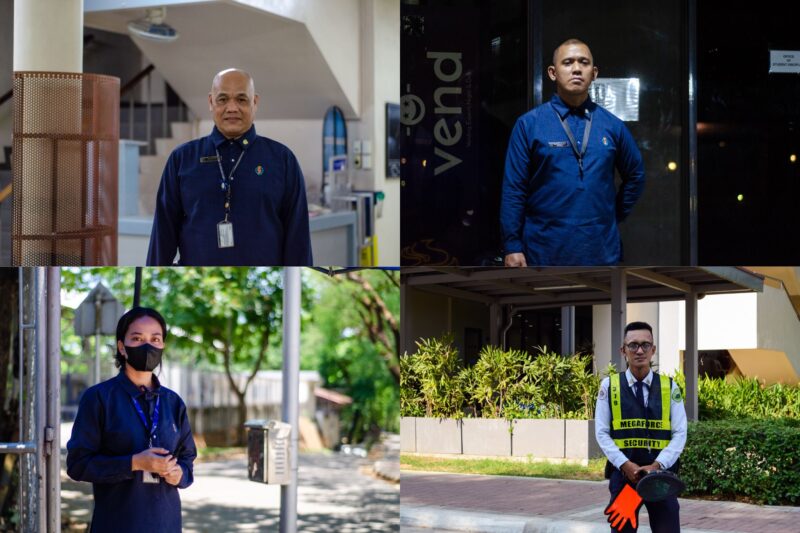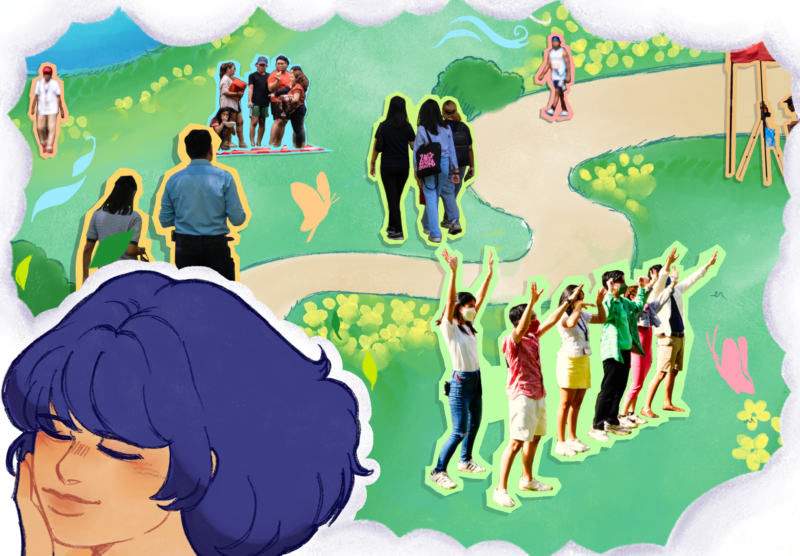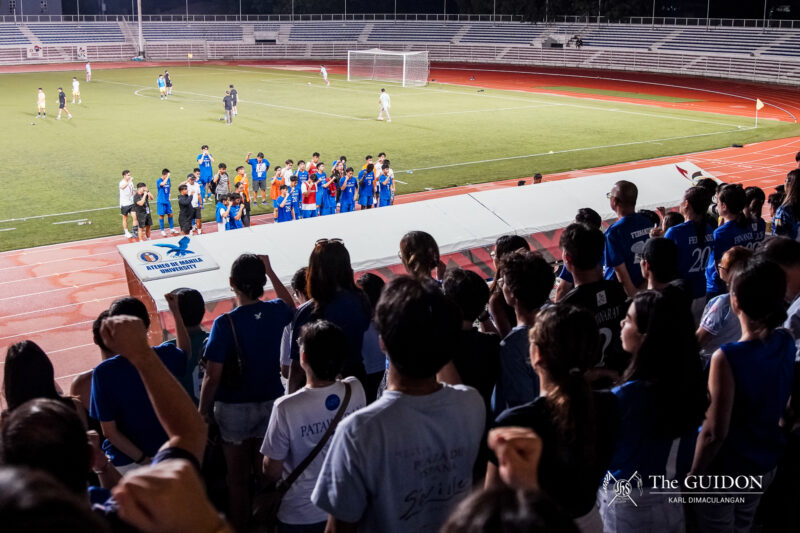ART OFTEN goes unnoticed in the frontlines of activism and political engagement. However, through the course of local history, various paintings, photographs, and literature have aided in awakening political consciousness and challenging oppressive authorities by featuring marginalized realities and relaying impactful messages.
While oppressive figures continue to silence and red-tag critics and activists, art remains a powerful tool for subversion and resistance by empowering audiences to respond through and beyond the works. Testament to this is Kevin Eric Raymundo’s (otherwise known as Tarantadong Kalbo) viral Tumindig movement.
Across different generations, dissenters and artist-activists battle enduring issues against repressive censorship. Hearkening back to the 1972 Martial Law declaration, recalling the sociopolitical unrest and corruption rooted in the regime becomes more pressing amid rampant historical denialism.
To never forget
Born in 1968, renowned visual artist Toym Imao became aware of the injustices of Martial Law at a young age. As a child, he understood the impact of the Marcos regime through the censorship of animated shows such as Voltes V, Mazinger Z, and Daimos, which all started airing locally in 1978. “During that time, this was our way of experiencing what Martial Law is, what dictatorship is—when all these beloved entertainment [shows] were suddenly curtained and experienced censorship,” Imao expresses.
Ateneo de Manila University Fine Arts professor and Concerned Artists of the Philippines (CAP) member Karl Castro also shared that a highly stringent board of censors reviewed various movies, articles, and performances from its draft level. He notes that the strict censorship, among other reasons, urged artists of the time to form CAP in 1983, which still confronts similar issues today.
Aside from censoring dissident artistic works, the Marcos administration also aggressively persecuted its critics to impede the freedom of expression at the time. “We should [also] look at the sequestering of media, the political killings, the salvaging, the shutdown of student institutions and organizations,” Castro claims. He adds that these issues went hand-in-hand with the Marcoses’ propaganda for the seemingly perfect “New Society.”
Although numerous artists received government support in line with the administration’s patronage of the arts, Imao recalls that many progressive artist-activists went underground to craft protest art. In the local art and literary scene, social realists came into prominence as a response to sociopolitical unrest, including Lino Brocka for film and Edgar Fernandez for visual art.
Looking back on those times, Imao notes that the period was marred by “election fraud, intimidation, [and] red-tagging,” which were issues that he deemed currently resonant. These experiences largely shaped his current art style: Memorializing painful histories through pop culture and present contexts to bridge generations while igniting discourse. “We also have to image the darker period of our history so that we will not forget,” he remarks.
Years after the Marcos regime, art is still indispensable in the fight for a better society as modern technology makes artworks more accessible. Imao claims that artists have become more creative in depicting suffrage and oppression, citing the Tumindig movement as a classic example.
With raised fists
The Tumindig movement began with a digital illustration that satirical artist Raymundo posted on July 17. The cartoon features numerous prostrated “fist people” resembling a gesture made by President Rodrigo Duterte and his supporters, with a single fist daring to stand amongst them.
Raymundo did not expect to inspire a movement with Tumindig. The artwork was not his first foray into sociopolitical discourse, as his Facebook page features timely political satire in comics and cartoons. However, Tumindig took on a different tone. It was borne out of his frustration with the current administration, as well as his protest of the disconnect between the local art community and current events. Raymundo utilized Tumindig as a vehicle of expression, giving him the courage to dissent amid the Anti-Terrorism Law and other censorship attempts.
More than courage, other local artists and organizations also found inspiration and a rallying point in the illustrator’s work, creating their own version of the iconic fist to express similar sentiments. Among these participants were several Atenean organizations such as HEIGHTS Ateneo and the Ateneo Association of Communication Majors (Ateneo ACOMM).
HEIGHTS Editor-in-Chief Stanley Guevarra (3 AB LIT ENG) shares that the organization was motivated to join the movement due to the stand elicited by the artwork. “It’s a movement coming from an artist inspiring other artists. But while it is artistic in nature, it is also inclusive because we see that it also tackles, for example, sectoral issues such as that of nurses and farmers,” Guevarra shares.
Ateneo ACOMM President Jennifer Clemente (4 AB COM) notes that the organization has always been vocal on sociopolitical discourse. “We thought that joining this movement is something that would help us show our members and people who follow ACOMM that this is something that we stand for,” she says.
Beyond the canvas
The fight goes past exhibits and film festivals as artists recognize and act on their duty as Filipino citizens to promote positive change in society. Castro states that one of the most important things artists could do is foster change beyond art. “Whether you organize, gather signatures for a petition, or you join an organization and deepen your awareness of an issue, what you do outside of art is also very important. That’s your duty as a person; it doesn’t matter if you’re an artist or not,” he asserts.
As artists persist in telling the stories least heard, their emphasis on amplifying marginalized voices and remembering censored narratives shall remain ever-resonant in the battle for truth and justice.







